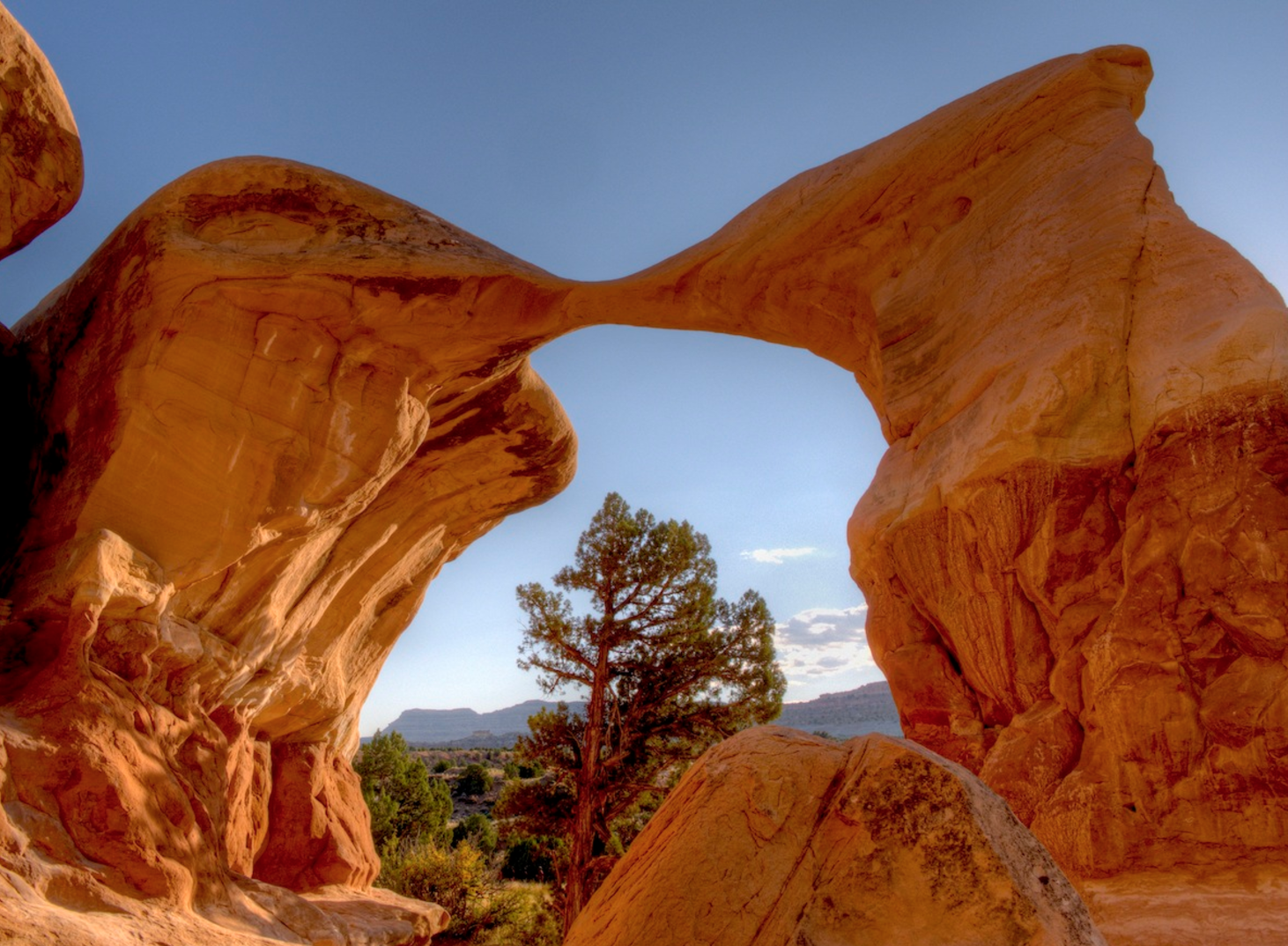In an internal memo leaked to the Associated Press and first reported by the Wall Street Journal, Secretary of the Interior Ryan Zinke recommended that President Donald Trump shrink the boundaries of at least six of the 27 national monuments that the Department began reviewing back in April.
The recommended monuments include two in the state of Utah—Bears Ear and Grand Staircase Escalante, one in Nevada—Gold Butte, one in Oregon—Cascade-Siskiyou, and two in New Mexico—Organ Mountains-Desert Peaks and Rio Grande Del Norte.
The review also recommends a reduction in size to multiple marine monuments in the Pacific Ocean and proposes opening the first marine monument in the Atlantic Ocean to commercial fishing.
In addition to shrinking the boundaries of monuments, Zinke’s recommendations will open some of them up to previously prohibited extraction activities. This includes the canyons of Utah’s Grand Staircase-Escalante National Monument, which—according to a report from the Interior Department—contain “an estimated several billion tons of oil and large oil deposits”, and Maine’s Khatadin Woods and Waters National Monument, where Zinke is seeking to implement an active timber management program.
Zinke also proposed adding 130,000 acres of the Lewis and Clark National Forest in Montana known as the Badger-Two Medicine to the national monuments list, citing the region’s importance to the Black Feet Nation.
Since assuming the helm of the Department of the Interior, Ryan Zinke, a former Senator and Navy SEAL from Montana, has styled himself an advocate and proponent of public lands in the vein of Teddy Roosevelt, but his recent recommendations have conservationists worried that his tenure could ultimately compromise Roosevelt’s public lands legacy.
“The recommendations within Secretary Ryan Zinke‘s National Monument Review could negatively impact key fish & wildlife habitat, reduce outdoor opportunities, and undermine the Antiquities Act that has enabled the long-term protection of millions of acres,” read a statement released back in August by Backcountry Hunters and Anglers, a conservation organization out of Missoula Montana.
The Antiquities Act, which was signed into law by Roosevelt himself in 1906, affords presidents the legal authority to designate national monuments, but many argue that it does not give the executive branch the power to alter or rescind previous designations—as Trump and Zinke are now clearly attempting to do.
“Any actions that would dismantle these natural wonders would violate Americans’ deep and abiding love for parks and public lands and fly in the face of 2.8 million Americans who expressed opposition to these changes,” said President of the Wilderness Society, Jamie Williams in a statement posted to the organization’s website. “We and millions of other Americans stand by the belief that those lands should be preserved and handed down to future generations. We urge President Trump to ignore these illegal and dangerous recommendations and instead act to preserve these beloved places.”
For his part, Donald Trump has expressed disdain for the size and amount of national monuments declared by his previous three predecessors, calling the designations a “massive federal land grab” during an executive order signing at the Department of Interior back in April.“It’s time to end these abuses and return control to the people, the people of Utah, the people of all of the states, the people of the United States,” Trump went on to say.
Stay tuned as we continue to cover this important and ongoing public lands issue.








